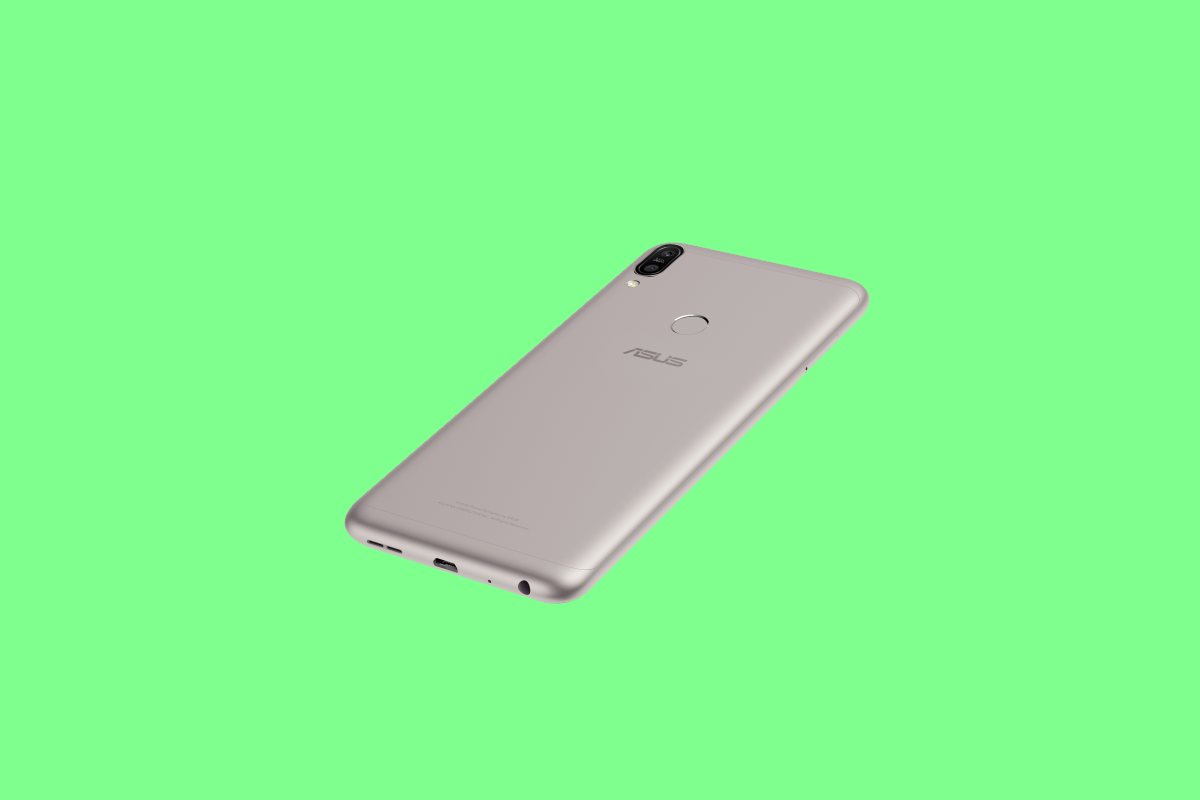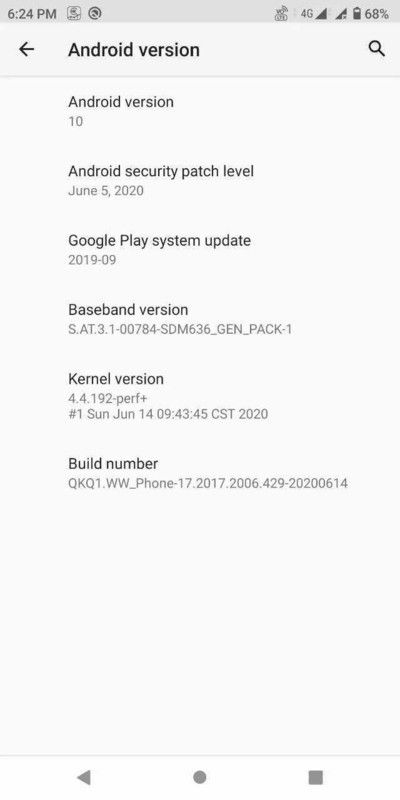ASUS is one of the few smartphone makers that offer more than one kind of Android software experience on their smartphones. The company maintains a dedicated product lineup for Android purists that was initiated back in 2018 with the release of the ZenFone Max Pro M1. The phone was shipped with a close-to-stock build of Android 8.1 Oreo and received its Android 9 Pie update later on. Regarding Android 10, ASUS has been conducting a public beta test for a while. The OEM is now ready to offer the third beta build of Android 10 for the ZenFone Max Pro M1.
ASUS ZenFone Max Pro M1 XDA Forums
The new build bumps the internal software version number from 17.2017.2004.424 to 17.2017.2006.429. Similar to the previous beta updates for this phone, users need to manually download the full firmware package from ASUS' download portal. The lack of an incremental OTA means that the required download size is nearly 1.7GB. The Android security patch level of this build is June 2020.
The changelog published on ASUS' official download portal is a bit strange as it contains entries from the second beta build as well. Due to the fact that the builds are cumulative in nature, all the fixes and feature enhancements from the previous two beta updates are definitely present in the newest beta build. Here are the changes that are actually new:
- Fixed VOIP call silent issue after opening "OK Google" in the voice assistant.
- Fixed HD, HDR HD, High frame rate missing issue in PUBG.
- Fixed NFC not working issue after upgrading to the Android 10.
It is worth mentioning that the update ZIP file might not be compatible with TWRP. You must either restore the stock recovery image in order to flash the package or manually modify the updater script to make it TWRP-friendly. Also, note that the Japanese SKU of the ZenFone Max Pro M1 is not officially supported for the current beta program.
Download the third Android 10 beta for the ASUS ZenFone Max Pro M1
Download downgrade package to revert back to Android Pie
Source: ASUS


